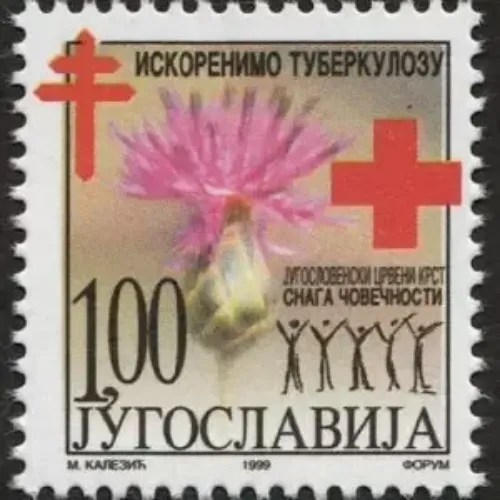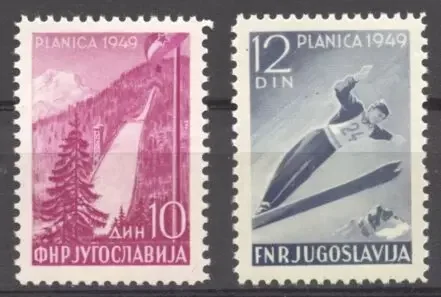Yugoslavia year 2004 stamps – First Serbian Uprising Against Turks full set
In 2004, the postal authority of Serbia and Montenegro (formerly known as the Federal Republic of Yugoslavia) issued a commemorative set of stamps to mark the 200th Anniversary of the First Serbian Uprising (1804–1813).
This uprising was a pivotal event led by Karađorđe (Black George) against Ottoman rule, eventually leading to the foundation of the modern Serbian state.
Stamp Set Overview
The issue is typically categorized as Serbia and Montenegro (2004) but is often still referred to by collectors under the broader “Yugoslavia” umbrella.
| Detail | Description |
| Release Date | February 14, 2004 |
| Main Topic | Bicentenary of the First Serbian Uprising (Prvi srpski ustanak) |
| Catalog Nos. | Michel: 3177–3178 (Set of 2) or Michel: 3183–3186 (Series) |
| Values | 9.00 and 16.00 Dinars (Standard Set) |
Key Designs and Motifs
The stamps feature artwork and historical symbols associated with the rebellion and its leader, Karađorđe:
- Portrait of Karađorđe: The central figure of the uprising, often depicted in traditional Serbian attire with his weapons.
- The Insurgent Flag: Historical banners used by the rebels, often featuring the Cross and the four firesteels (S) or the boar’s head.
- Historical Scenes: Depictions of the assembly at Orašac, where the decision to start the rebellion was made.
- Armaments: Some versions of stamps from this era also include the “Cherrywood Cannon” used by the insurgents.
Philatelic Varieties
Bosnia (Republika Srpska) Parallel: It is worth noting that the Republika Srpska post (within Bosnia and Herzegovina) also issued their own stamps in 2004 for the same 200th-anniversary event, which feature similar motifs of Karađorđe.
Miniature Sheet: A special sheetlet was issued containing multiple stamps and decorative borders (selvedge) illustrating the geographical extent of the liberated territories.
FDC (First Day Cover): These covers feature a special cancellation mark from Belgrade or Orašac and often include a vignette of a rebel fighter or a historical map.











Reviews
There are no reviews yet.